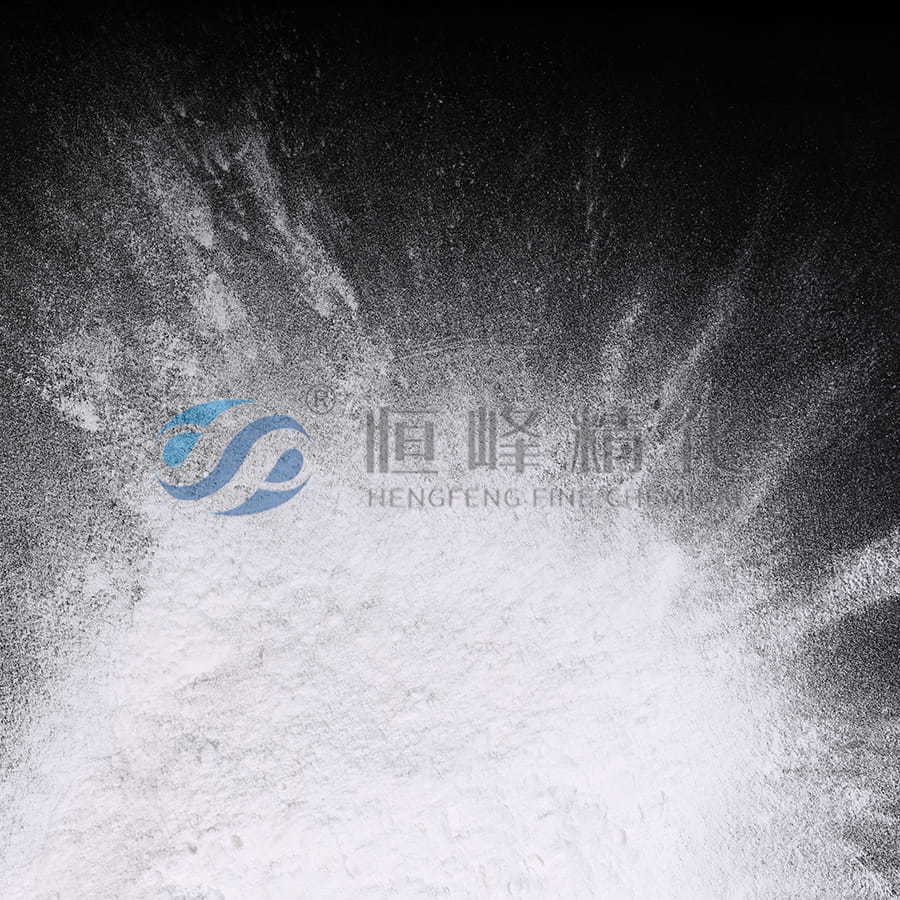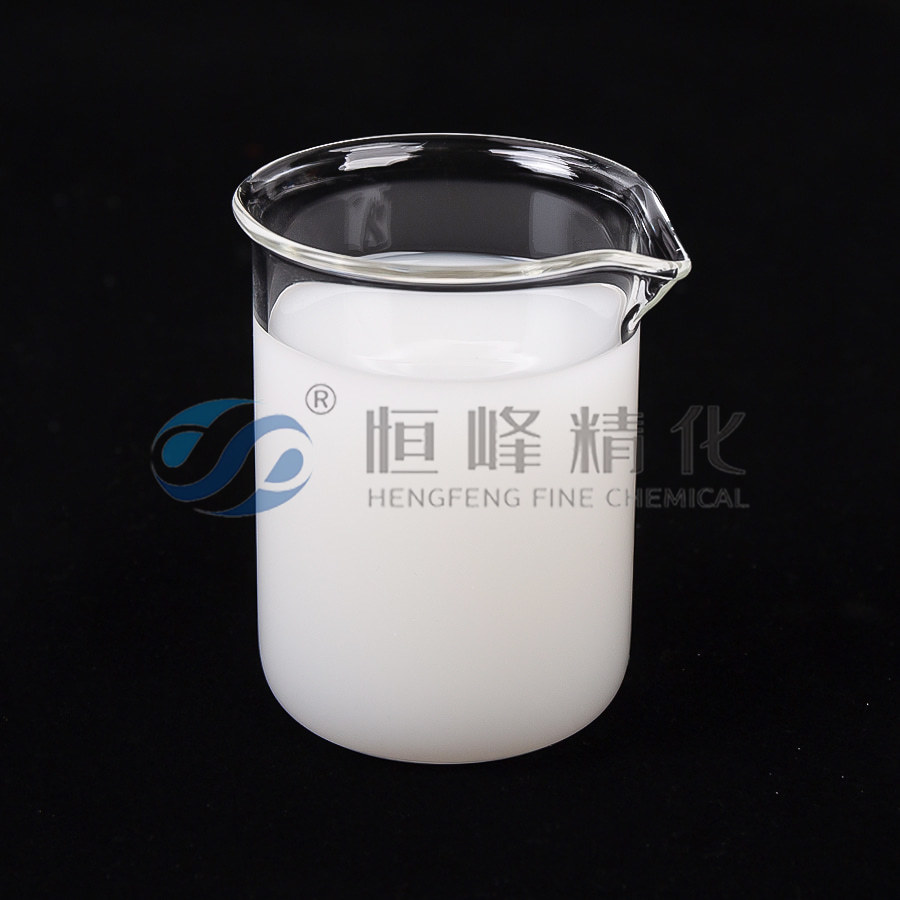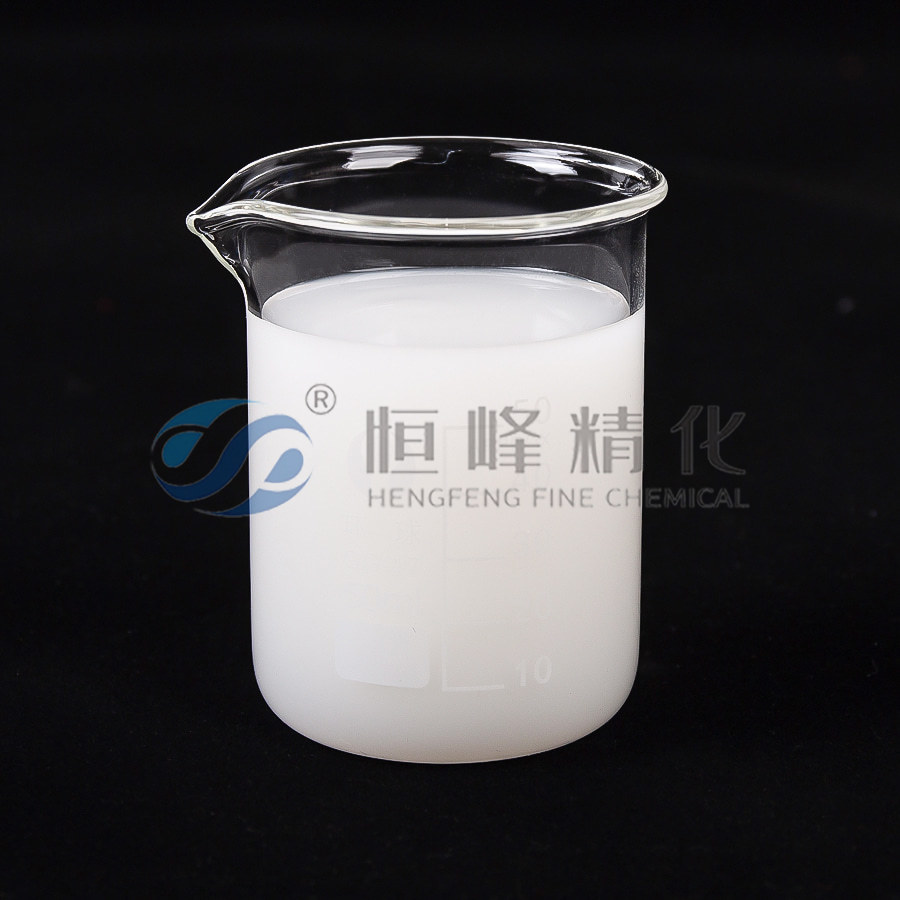Optimizing Papermaking Operations: The Impact of Polyacrylamide on Efficiency and Quality
The application of polyacrylamide (PAM) in a papermaking plant significantly impacts day-to-day operations, enhancing both the efficiency and quality of the production process. As a versatile chemical, polyacrylamide serves crucial roles as a retention agent, filter aid, and leveling agent, each contributing to streamlined operations and optimized paper quality.
In the papermaking process, polyacrylamide’s primary function as a retention agent aids in retaining fine fibers and fillers within the paper sheet, reducing material loss and improving the final product's strength and consistency. This retention capability ensures that valuable fibers and additives are efficiently captured and used, leading to better paper quality and less waste. The increased retention also enhances the dewatering stage by consolidating the fiber network, which reduces the amount of water that needs to be removed from the pulp. This, in turn, accelerates the filtration process and decreases the energy consumption associated with drying, leading to cost savings and operational efficiency.
Furthermore, papermaking polyacrylamide’s role as a filter aid is instrumental in improving the efficiency of water removal during the papermaking process. By aggregating suspended particles, PAM enhances the formation of flocs, which facilitates quicker and more effective filtration. This efficiency not only speeds up the production cycle but also minimizes the wear and tear on filtration equipment, thereby reducing maintenance needs and extending equipment lifespan. Additionally, the improved dewatering leads to a more consistent paper sheet with fewer defects, which can translate to fewer reworks and higher overall productivity.

As a leveling agent, polyacrylamide contributes to the uniformity of the paper’s surface. It helps in achieving a smoother, more consistent finish by improving the distribution of fibers and fillers across the paper sheet. This results in a higher-quality end product with better printability and strength, which is crucial for meeting customer specifications and maintaining a competitive edge in the market.
From a practical perspective, the daily handling of polyacrylamide requires careful attention to safety and storage. Operators need to follow safety protocols to handle the chemical correctly, including using appropriate personal protective equipment and ensuring proper ventilation. Storage conditions must be controlled to prevent degradation of the polymer and to maintain its efficacy. Moreover, the application of polyacrylamide involves precise dosing and monitoring to optimize performance and avoid issues such as over- or under-dosing, which could impact the quality of the paper or the efficiency of the process.
Overall, the use of polyacrylamide in a papermaking plant has a profound effect on day-to-day operations. Its role in enhancing retention, improving filtration, and leveling contributes to a more efficient, cost-effective, and high-quality production process. While the benefits are significant, successful implementation hinges on proper handling, dosing, and integration with other chemicals and processes to maximize its advantages while minimizing any potential drawbacks.


 English
English Español
Español عربى
عربى Русский
Русский Tiếng Việt
Tiếng Việt
















